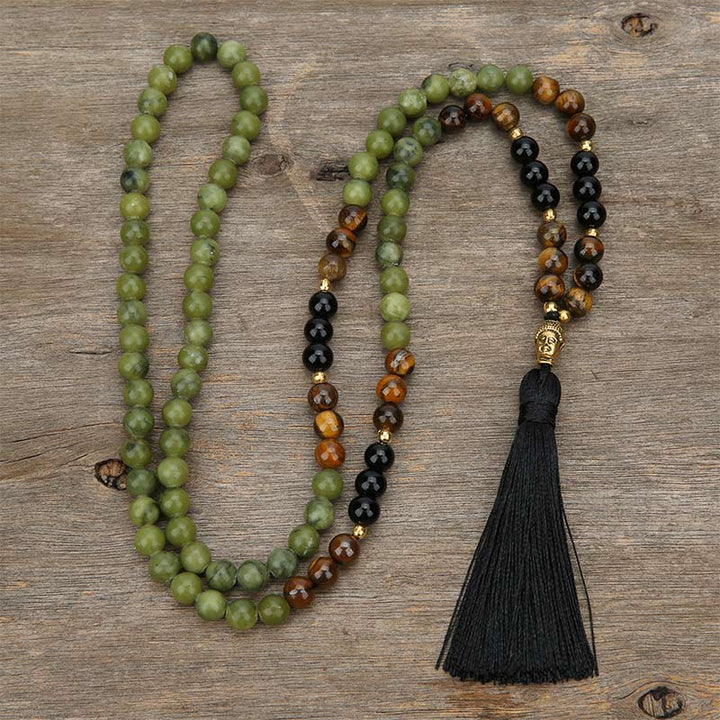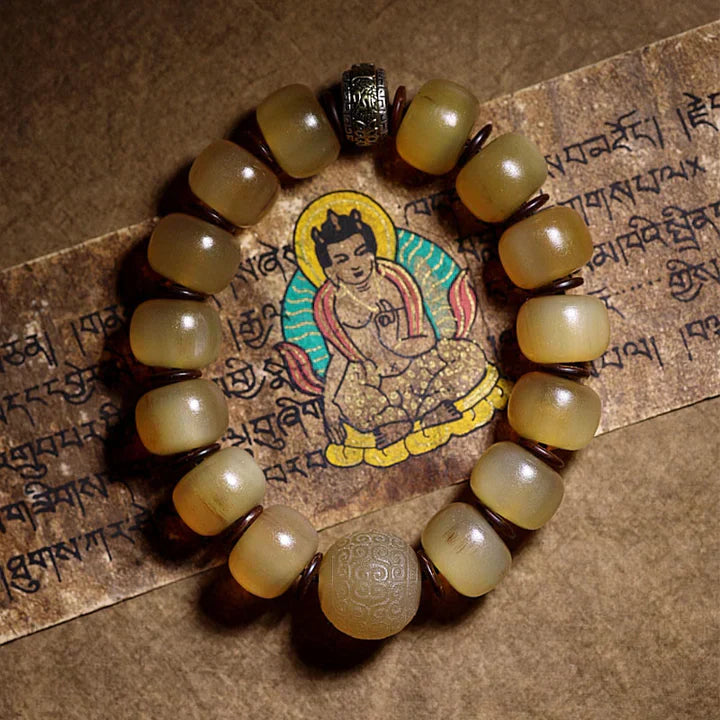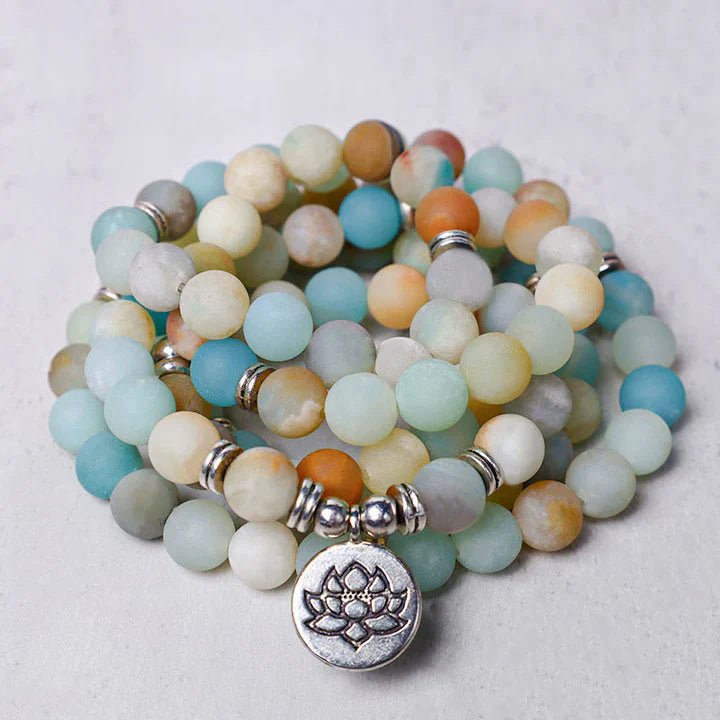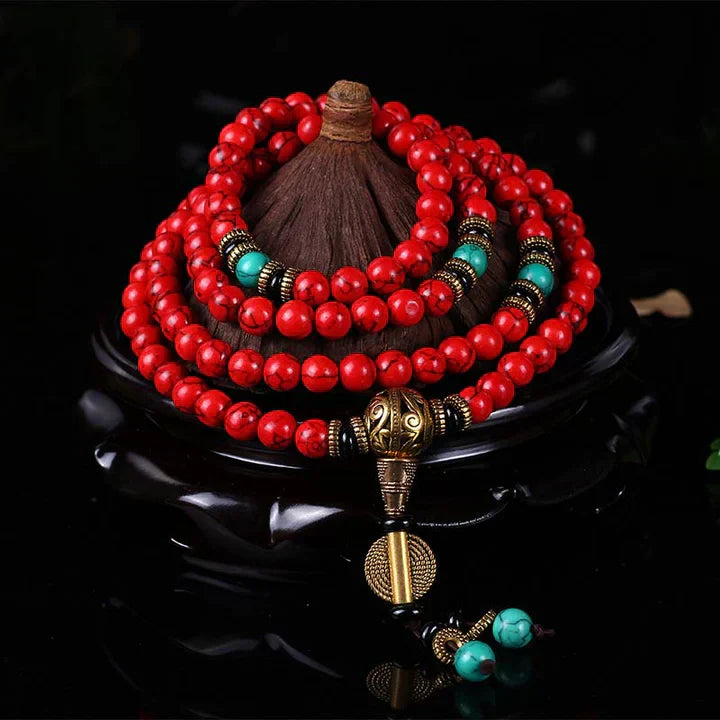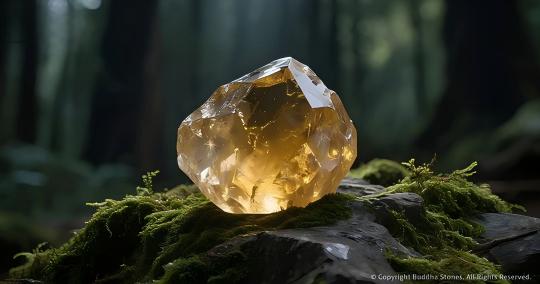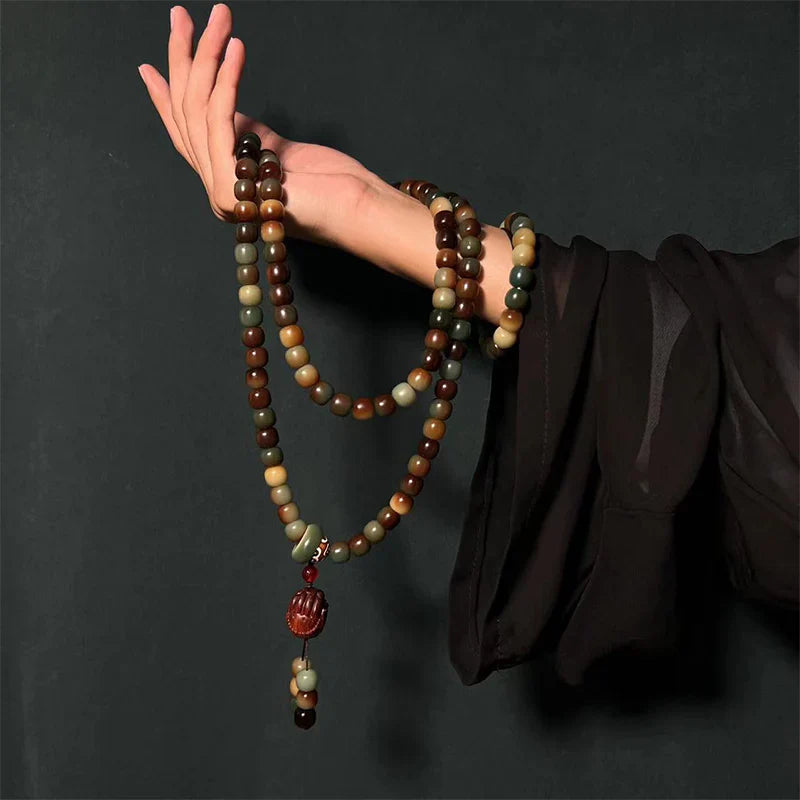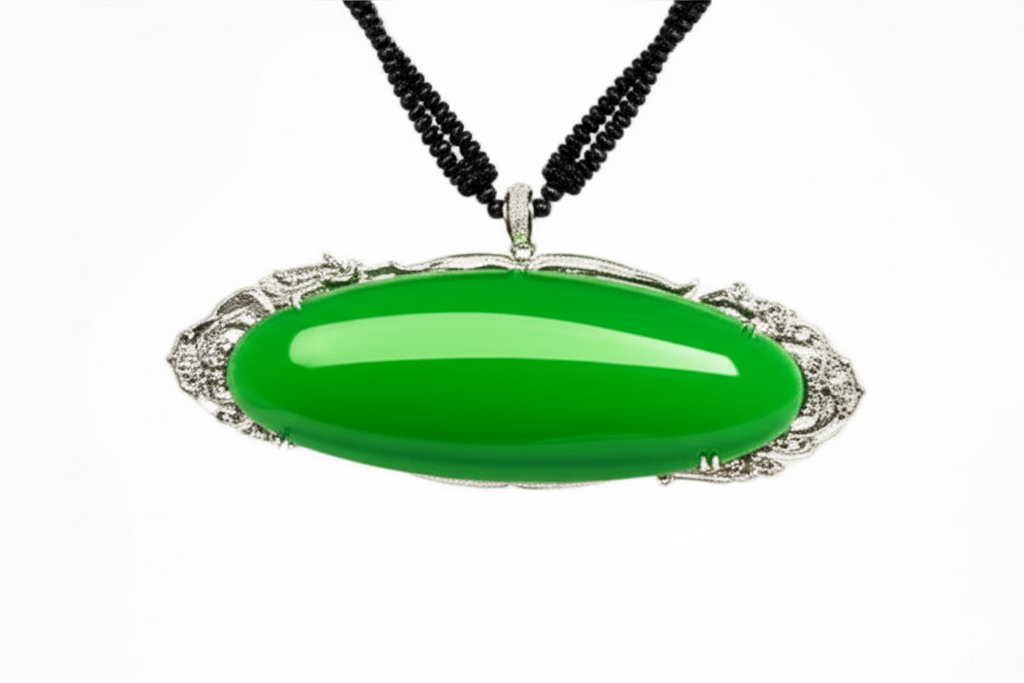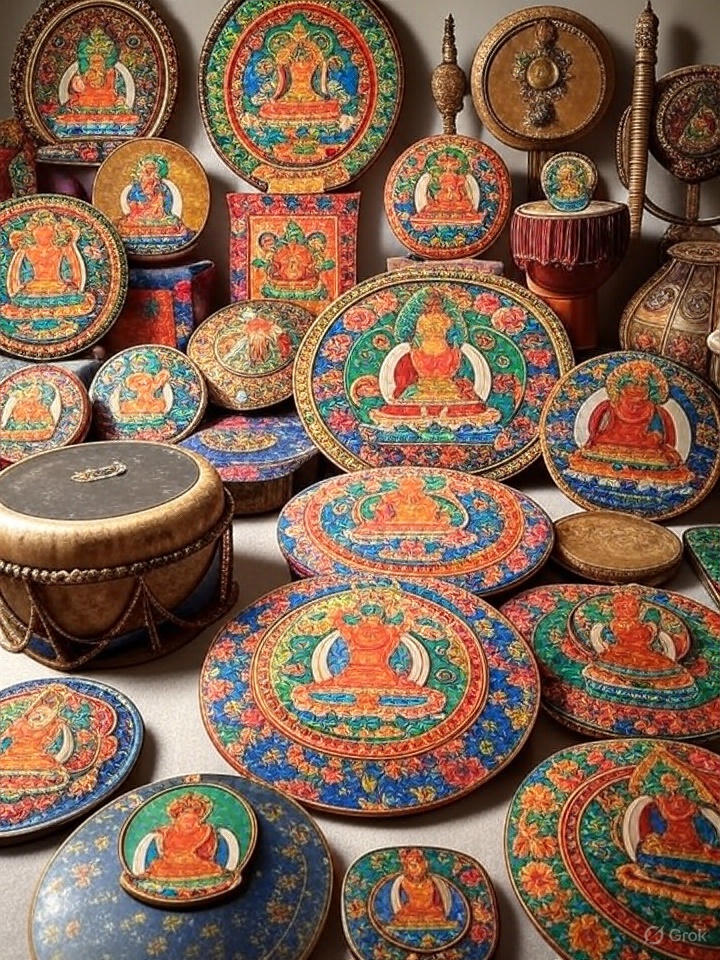
Exploring the Rich Culture of Tibet
Tibetan culture, nestled in the high plateaus of the Himalayas, is a vibrant tapestry woven with spirituality, tradition, and resilience. Known as the "Roof of the World," Tibet offers a unique blend of ancient customs, stunning art, and a deep connection to Buddhism. This blog post delves into the history, key elements, and enduring legacy of Tibetan culture.
A Glimpse into Tibetan History
Tibet’s cultural roots trace back over 2,000 years, with the Yarlung Dynasty laying the foundation in the 7th century. The introduction of Buddhism by King Songtsen Gampo marked a turning point, shaping the region’s art, architecture, and social structure. Despite challenges, including Chinese annexation in 1950, Tibetan culture has thrived, preserving its identity through exile communities and global interest.
Key Elements of Tibetan Culture
Tibetan culture is rich with distinctive features:
-
Buddhism: The cornerstone of Tibetan life, influencing monasteries, festivals, and daily rituals. The Dalai Lama, a spiritual leader, remains a global symbol of peace.
-
Traditional Dress: Men wear chubas, long robes, while women don colorful aprons called pangdens over dresses, reflecting regional styles.
-
Art and Craft: Thangkas (scroll paintings), intricate mandalas, and metalwork showcase spiritual themes and skilled craftsmanship.
-
Music and Dance: Chanting, horns, and drums accompany dances like the Cham, performed during festivals to narrate Buddhist tales.
-
Cuisine: Staples include tsampa (roasted barley flour), butter tea, and yak meat, adapted to the harsh climate.
The Enduring Legacy
Tibetan culture endures through its adaptability and spiritual depth:
-
Spirituality: Monasteries like Jokhang and Potala Palace stand as testaments to faith and history.
-
Festivals: Losar (New Year) and Saga Dawa celebrate with prayers, dances, and community gatherings.
-
Global Influence: Tibetan Buddhism and art have inspired movements worldwide, from mindfulness to modern design.
-
Resilience: Despite political challenges, Tibetans maintain their heritage through education and cultural preservation.
Experiencing Tibetan Culture
To connect with this culture, consider these tips:
-
Visit Key Sites: Explore Lhasa’s Potala Palace or monasteries like Drepung, respecting local customs.
-
Learn the Language: Basic Tibetan phrases can enhance interactions and show respect.
-
Attend Festivals: Join Losar or other celebrations to witness vibrant traditions.
-
Support Artisans: Purchase authentic thangkas or crafts to support local communities.
-
Respect Traditions: Dress modestly and follow etiquette, especially in sacred spaces.
Conclusion
Tibetan culture is a living heritage, blending ancient wisdom with enduring beauty. Whether drawn to its spiritual depth, artistic treasures, or resilient spirit, there’s much to explore and admire. Share your thoughts on what fascinates you most about Tibetan culture in the comments!
